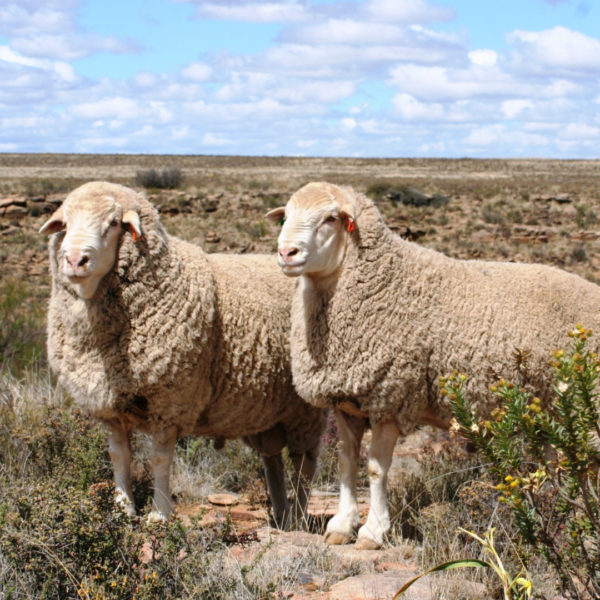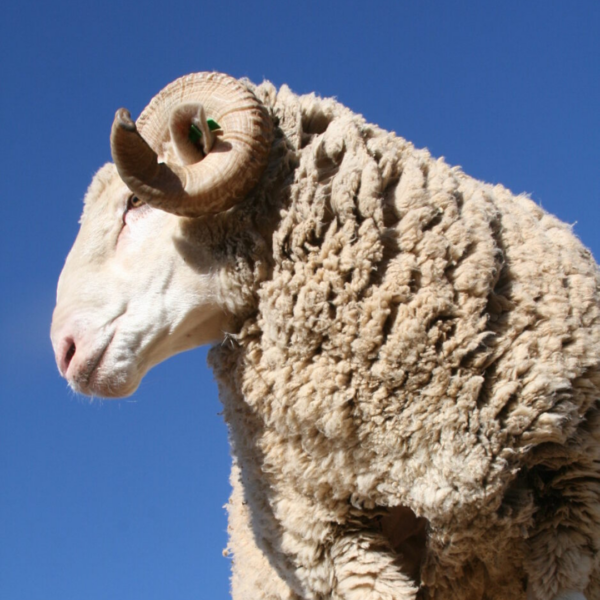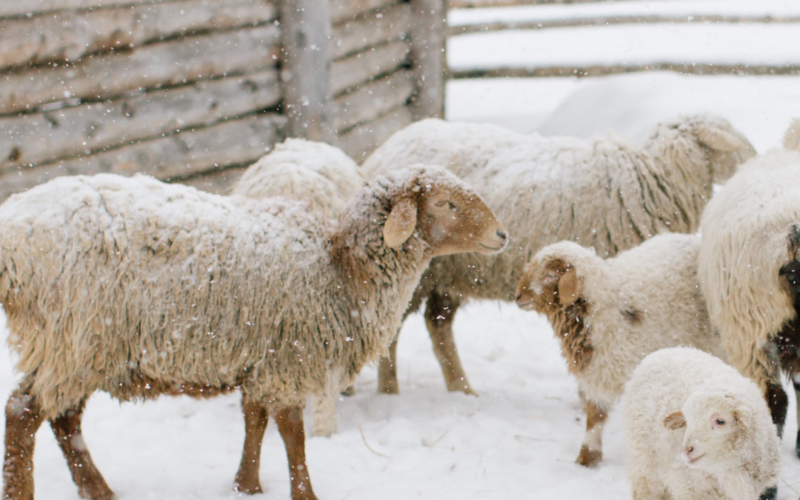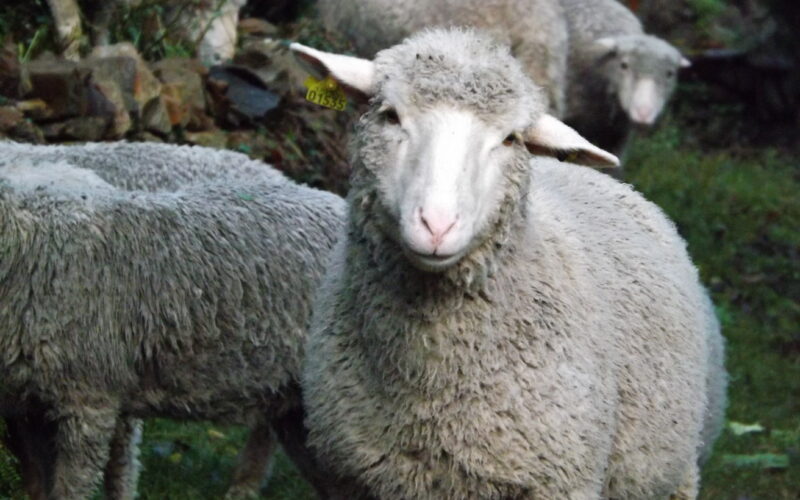When we talk about merino wool, consumers and brands generally mean fine wool. However, from a technical point of view, merino wool comes from sheep of the merino breed. The term merino therefore refers to a breed or group of breeds.
The characteristics of Merino wool
Merino sheep have a more regular wool and is not known to contain kemps. The kemp is a modulated fibre that can be found in the fleece of certain mutton breeds. Because of its composition, it does not take dye. Wool with kemps is sometimes sought after to give a style to certain types of carpet, but is rather shunned when it comes to garments.
Merino wool is characterised as a fine wool, and averages around 20 microns with a soft handle.
The diameter of the wool fibre is measured in microns (µm). The finer the wool, the softer it will be.

In southern hemisphere countries such as South Africa, Australia, Argentina and New Zealand, farmers have managed to refine wool over the years through genetic selection. Today, the core of Merino wool produced in these countries is between 15 and 20µm. You can even find 12µm wool, which is finer than cashmere.
French and Spanish Merinos are known to be coarser, averaging between 20 and 25 microns. These Merino breeds have not been genetically selected for wool, as breeders have focused primarily on meat yield.
The characteristics have remained the same for many years, unlike Merino sheep from the southern hemisphere, where the quest for the finest wool has led to continuous genetic improvement.

Merino breeds
In France, there are several Merino breeds that do not necessarily produce fine wool. The Rambouillet Merino and Arles Merino breeds are rather fine, and we use Arles Merinos in our “Ansouis” French wool yarn. The Eastern Merino breed is not as fine but more insulating. It can be used for some very fine products. We also use it at Segard Masurel in our “Le Dorat” yarn.
Some breeds in France are known as “merinised”, the result of crossing Merino sheep with, for example, more meat breeds. The Ile de France breed is one example, which we also use.
What you need to know about Merino wool
From a technical point of view, merino wool comes from sheep of the merino breed, and by misuse of language it has now become a generic marketing term for fine wool.
Merino wool is an excellent choice for garments worn directly on the skin, such as underwear and technical underlays.
Studies have shown that using superfine merino wool garments (between 15 and 18.5 microns) next to the skin can help improve the symptoms of eczema and atopic dermatitis (source: https://iwto.org/wellness/).
Wool, a naturally breathable fibre, is also renowned for its ability to absorb moisture (up to 30% of its weight). Wool garments therefore have the great quality of maintaining optimum comfort for their wearers.




